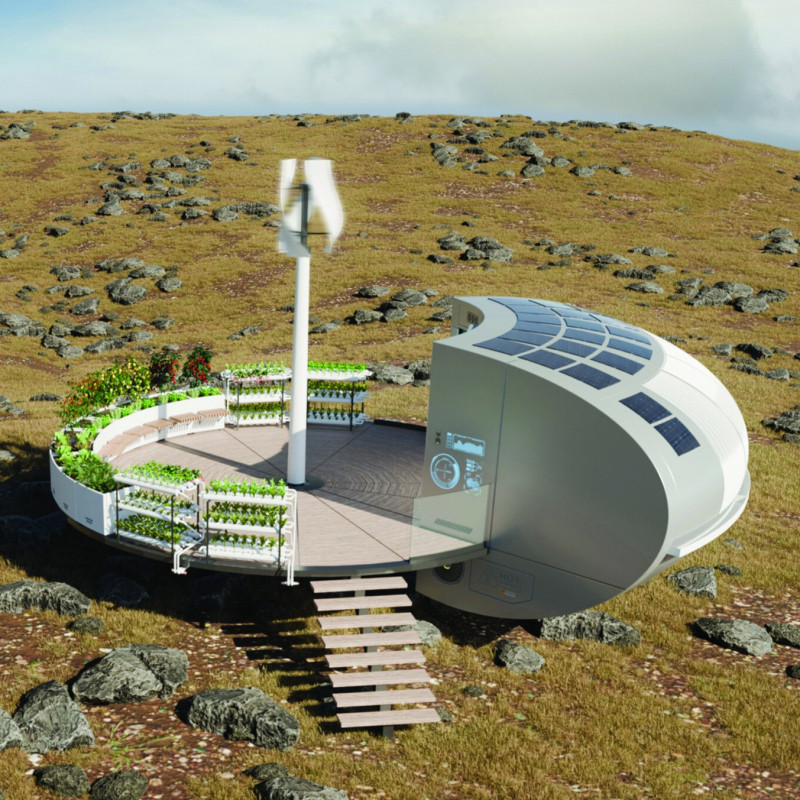5 key facts about this project
From the outset, the architecture of the project demonstrates a keen understanding of both site and context. The layout is thoughtfully organized, allowing for seamless flows between different functional areas, each specifically designed to cater to the diverse requirements of those who will utilize the space. This includes [mention specific functions, such as residential areas, communal facilities, or commercial spaces], which are arranged to promote dynamic interactions among users while ensuring privacy where necessary.
One of the key aspects of the project is its attention to natural light and ventilation. The incorporation of large glass façades is not only a striking visual element but also enables an abundance of daylight to penetrate deep into the interior. This careful consideration of light and airflow enhances the overall user experience, contributing to a healthier living environment. By prioritizing these elements, the architectural design fosters a sense of openness and connection to nature, which is particularly significant in urban settings.
The material palette used throughout the project is equally noteworthy. The designers opted for a combination of concrete, steel, glass, wood, brick, and stone, each chosen for their aesthetic qualities and environmental performance. The use of high-strength concrete provides structural integrity, while the incorporation of glass allows for transparency and visual connections with the surroundings. The warm tones of reclaimed wood introduce a natural, inviting feel, contrasting beautifully with the modernity of the overall design. Local brick and natural stone elements underscore the project’s regional identity, grounding the architecture within its cultural and geographical context.
Unique design approaches have been employed to enhance sustainability and minimize the operational impact of the building. The integration of green roofs and rainwater harvesting systems exemplifies this commitment to environmental responsibility. Such features not only contribute to the building’s sustainability credentials but also provide additional green space for the community, enhancing biodiversity within the urban landscape. This forward-thinking initiative aligns with contemporary architectural trends that prioritize ecological consideration in design.
Moreover, the project includes well-designed outdoor spaces that encourage community interaction and engagement. These areas have been meticulously planned with native flora, creating an ecologically balanced environment that requires minimal maintenance while promoting local biodiversity. The landscaping reinforces the architectural vision, offering users a harmonious blend of built and natural environments.
The project's overall composition reflects a thoughtful response to its surroundings, integrating architectural elements in a way that respects the local character while offering a modern interpretation. This balance between innovation and context is vital for ensuring that the project not only meets current functional demands but also provides a lasting legacy for future generations.
For those interested in delving deeper into the nuances of this architectural project, exploring the architectural plans, architectural sections, and architectural designs will provide further insight into the meticulous thought processes that shaped its creation. Each element of the design contributes to a coherent narrative that celebrates both functionality and aesthetic beauty while remaining grounded in sustainability principles. We invite you to explore the project presentation for a comprehensive understanding of the architectural ideas that define this compelling project.


























